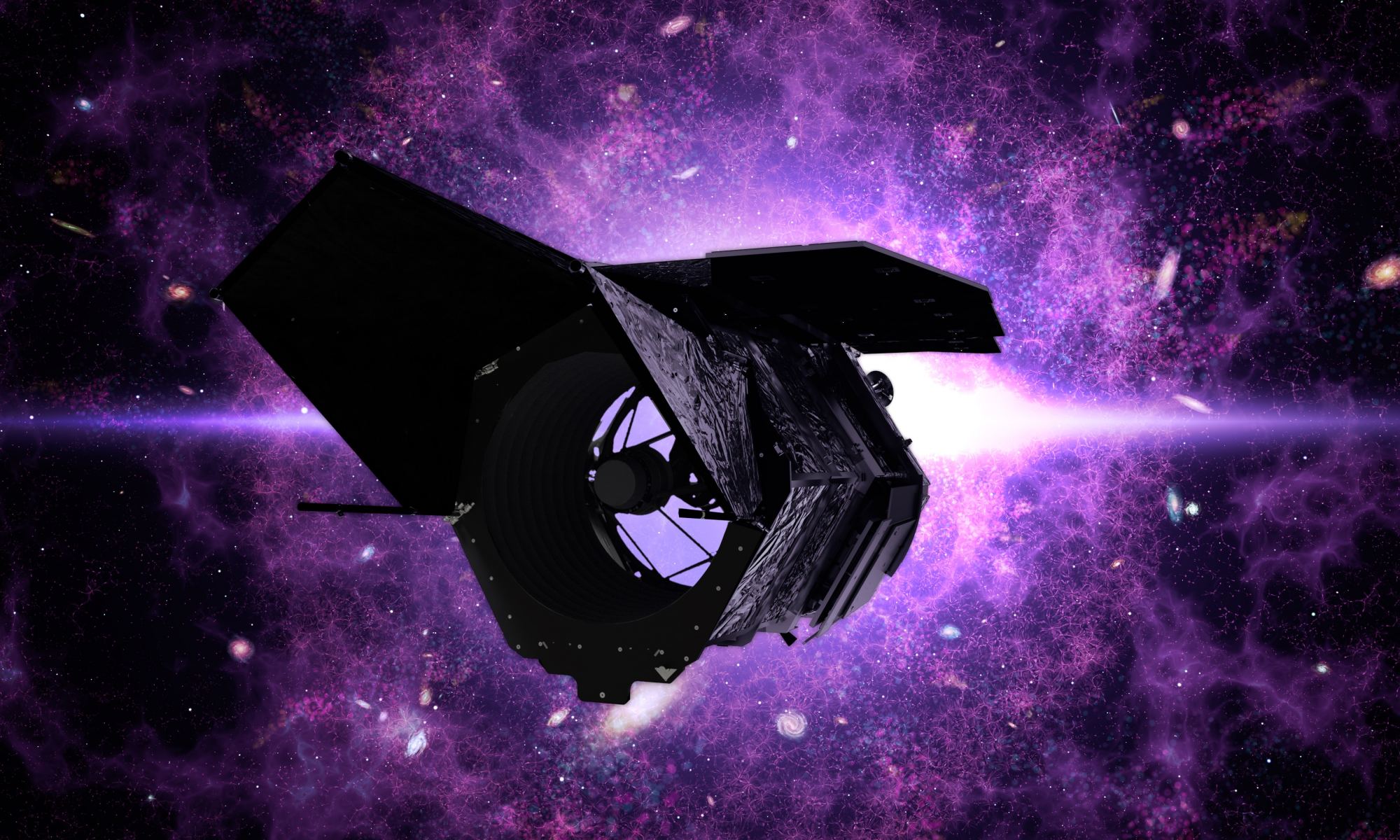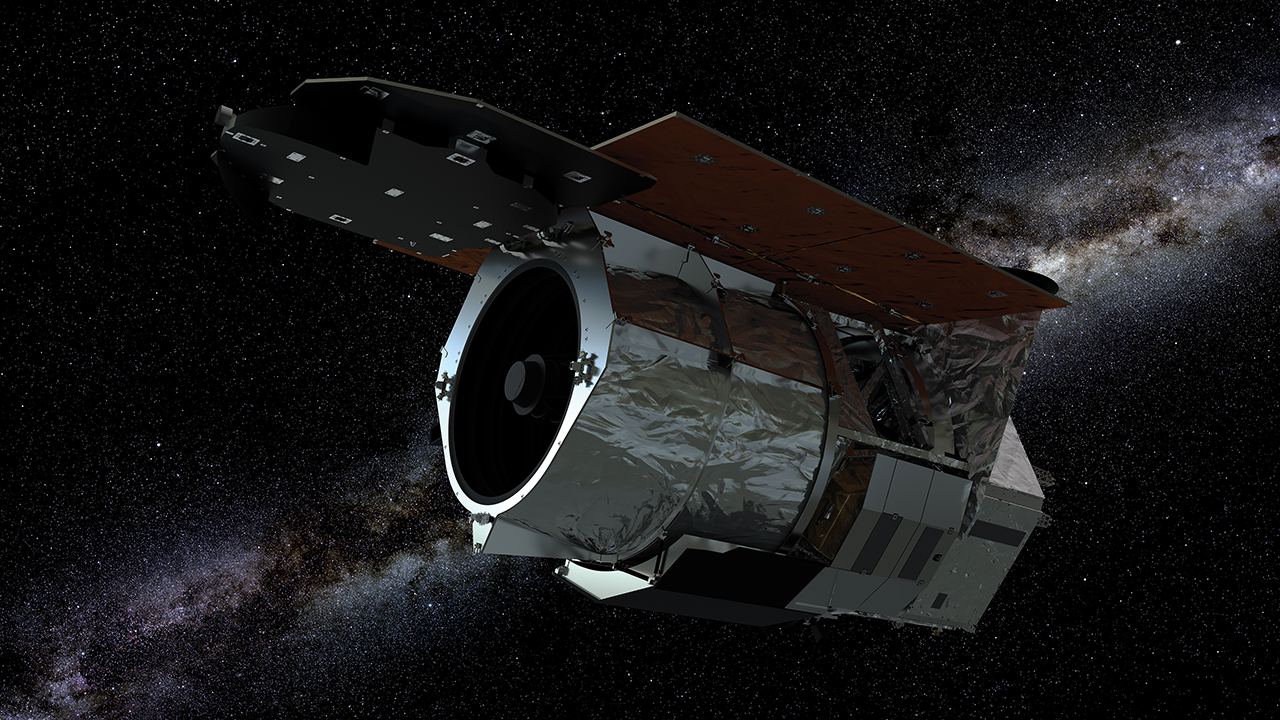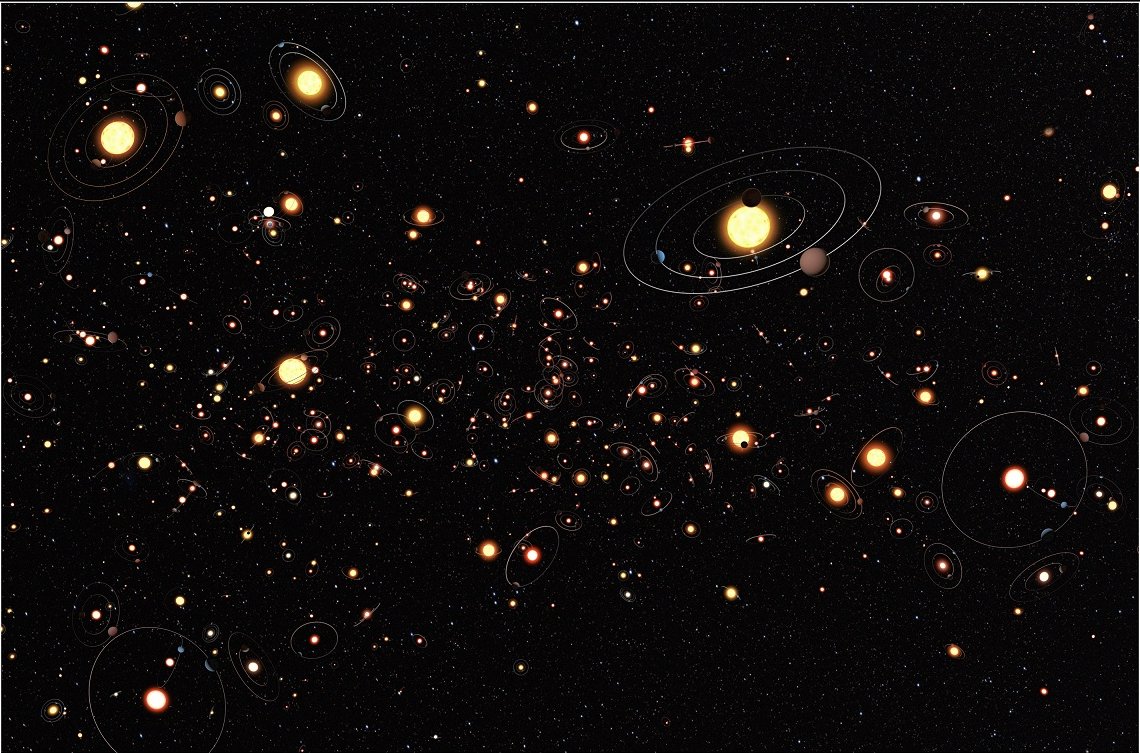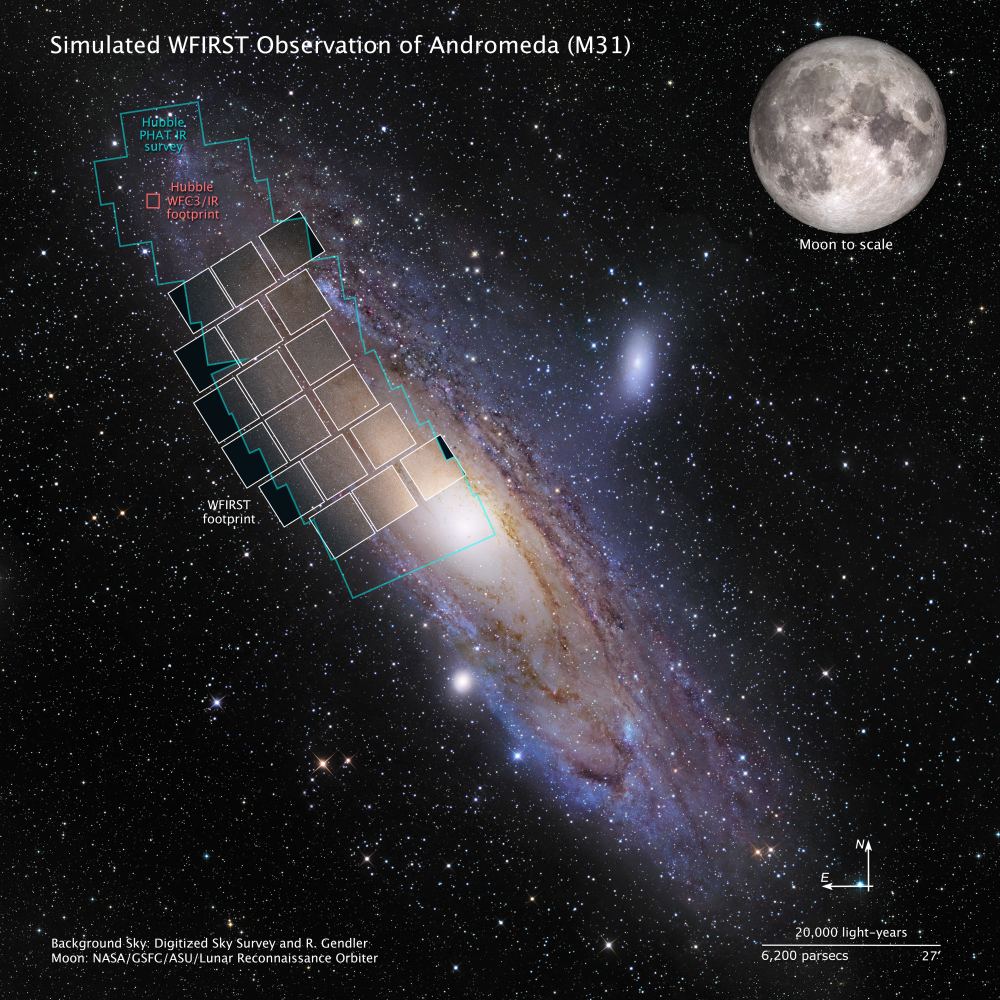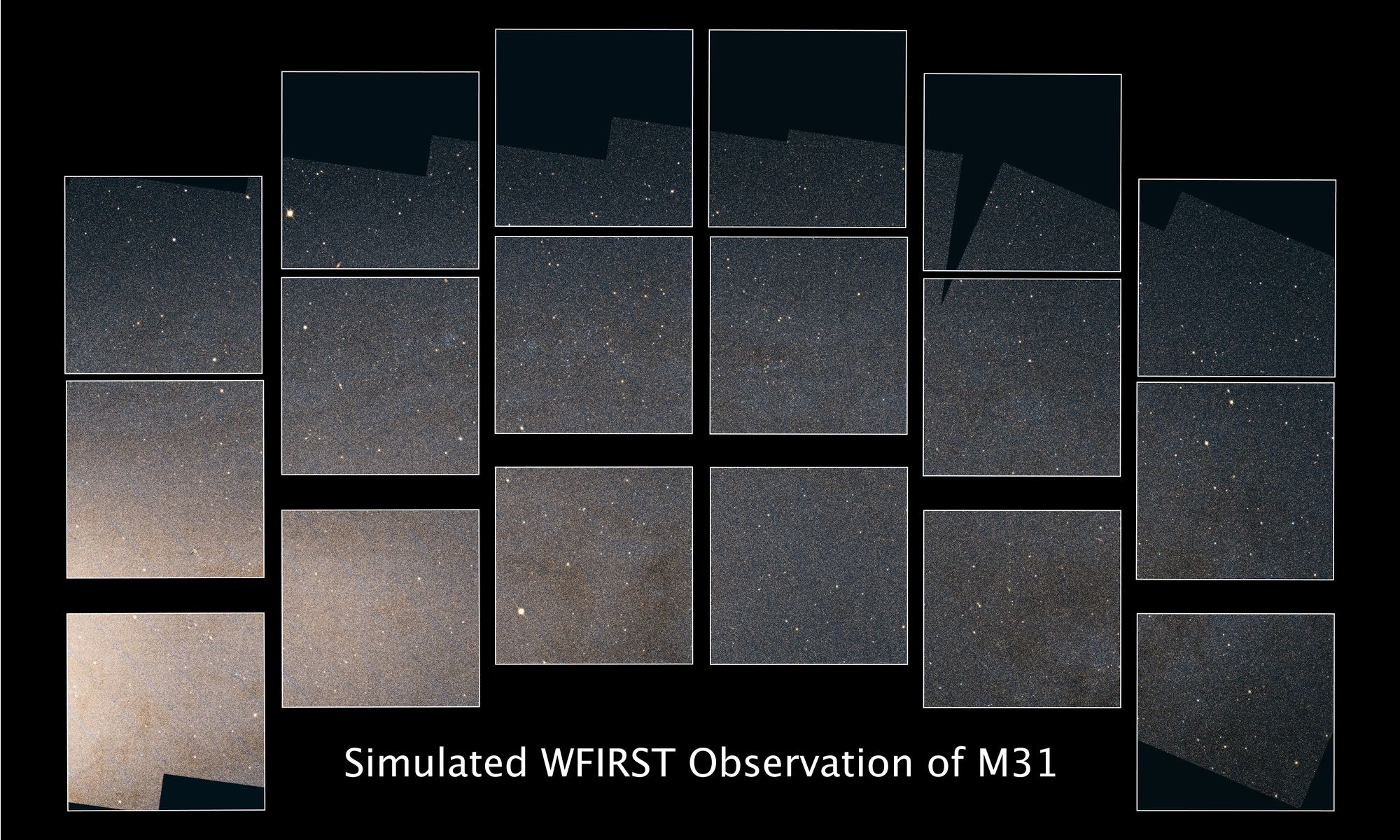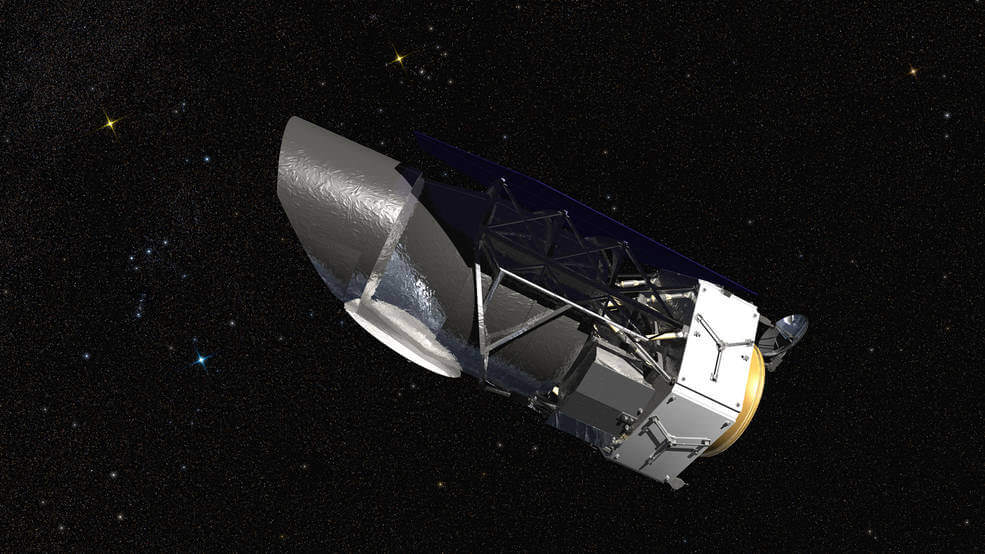In 2026, the Nancy Grace Roman Space Telescope (RST) – aka. the “Mother of Hubble” – will take to space and begin addressing some of the deepest mysteries of the Universe. This will include capturing the deepest field images of the cosmos, refining measurements of the Hubble Constant (aka. Hubble’s Law), and determining the role of Dark Matter and Dark Energy in the evolution of the cosmos. Alongside its next-generation partner, the James Webb Space Telescope (JWST), the RST will acquire infrared images with over 200 times the surveying power of its predecessor with the same rich level of detail.
On Tuesday, July 19th, NASA announced that it had awarded SpaceX with a Launch Services (NLS) II contract to provide the rocket that will deploy the RST mission to space. As specified in the NLS II, the launch will take place in October 2026 (May 2027, at the latest) and consist of a Falcon Heavy rocket transporting the RST from Launch Complex 39A at NASA’s Kennedy Space Center to orbit. This indefinite-delivery/indefinite-quantity contract is valued at approximately $255 million and covers the launch and other mission-related costs.
Continue reading “Nancy Grace Roman Will be Launching on a Falcon Heavy Rocket”
